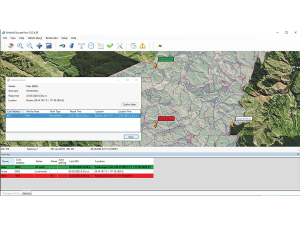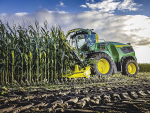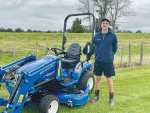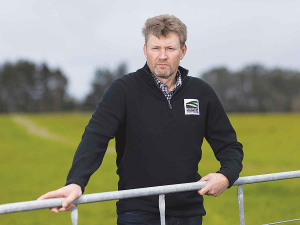Two-way radios, more commonly known as Walkie Talkies, are still a reliable means of communications.
This is particularly true where there is limited cell phone connectivity, or there is a need to get in touch with the team over a large area. Complemented by a repeater station at an enterprises high point, they are much more reliable than a cellular system.
As the capabilities of the radios increased so did the development work carried out by Data Over Radio to ensure that the features of the radio became available to the users.
Over the last two decades they have used clever software to send and receive e-mails, alongside delivering word and picture files, over the radio networks.
Their cost-effective software package, called FarmSafely, is now an important part of many farms’ Health and Safety portfolio. This includes the ability to see the location of all members of a team on a central computer screen.
Known as “polling”, the system might be deemed intrusive. However, when a vehicle rolled into a gulley, the operator was able to seek help via his radio, which was programmed to give a position update when the voice was used – meaning the rolled vehicle and the injured person was located quickly.
Further development has helped farm owners or supervisors ensure that team members are safe at the end of the working day. Using geo-fencing, where the radio is recharged at a worker’s home and sends a small data message to the central computer, showing the worker is “At Home.”
There are also major safety benefits for workers operating alone. The system can be pre-programmed in such a way that if the radio doesn’t move for 60 seconds, it is sent a “Lone Worker” alarm. If the worker does not acknowledge this alarm within 30 seconds, a loud audible siren alerts the controller and any other members on the same network of a possible accident.
This allows rescuers to move to the radio’s location, helped further by loud tones being emitted from the device. The configuration of the alert timings can be customised for individual units. Devices can also be used to pass messages regarding things like the late arrival of stock trucks, where the device will continue emitting a beep until the message is read and if required confirmed.
Dependent of the size of the system being installed, a one-off payment of $5,000 offers the ability to run up to 20 hand-held units, with an annual subscription cost of $600 per annum for upgrades to the latest specification.
www.dataoverradio.com



















